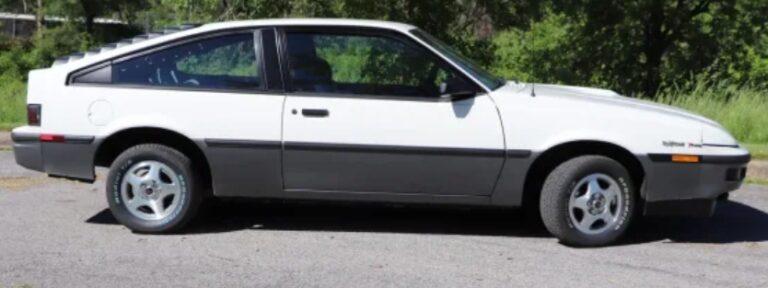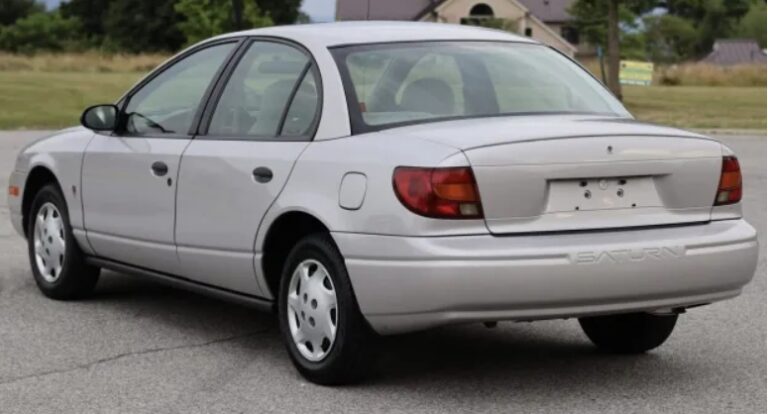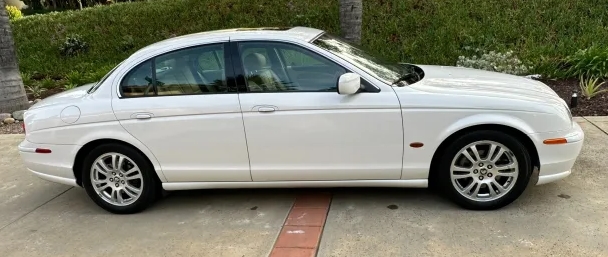The Evolution of the Suzuki Wagon R: A Comprehensive Timeline
The Suzuki Wagon R is a compact, kei car (Japanese microcar) that has become one of Suzuki’s most iconic models since its debut. Known for its tall-boy design, efficient use of space, and affordability, the Wagon R has enjoyed widespread popularity in Japan and internationally. Over the decades, it has undergone multiple generations of redesigns, technological upgrades, and market adaptations. This article provides a detailed chronological overview of the Suzuki Wagon R, including production years, model variants, and trim levels.
First Generation (MF, 1993–2000)
Introduction and Development
- Launched in 1993, the first-generation Suzuki Wagon R was introduced primarily for the Japanese kei car market.
- Designed to maximize interior space within the strict dimensions of kei car regulations, it adopted a tall-boy design with a high roofline and boxy shape.
Design and Features
- Built on the Suzuki Alto platform, it featured a front-engine, front-wheel-drive layout.
- Engine options included 657cc three-cylinder engines conforming to kei car specifications, with carbureted and later fuel-injected variants.
- The model was praised for its spacious interior, easy handling, and fuel efficiency.
Models and Trim Levels
- Initially available in base models with minimal trims, the first-generation Wagon R offered:
- Standard Trim: Basic features, manual transmission.
- X Trim: Slightly upgraded with power steering, better interior materials.
- FWD/4WD Options: Customers could choose between front-wheel drive and four-wheel drive configurations.
Market Penetration
- The Wagon R quickly gained popularity for urban commuting, especially in Japan, and set the stage for future generations.
Second Generation (MH, 2000–2008)
Redesign and Improvements
- Launched in 2000, the second-generation Wagon R featured a more refined exterior with smoother lines, improved aerodynamics, and enhanced interior comfort.
- The platform was updated for better safety and ride quality.
Powertrain
- Maintained the kei car engine size (658cc), but introduced more efficient and refined powertrains, including:
- Naturally aspirated engines.
- Turbocharged variants in some markets.
- Transmission options expanded to include both 5-speed manual and 4-speed automatic transmissions.
Models and Trim Levels
- The second-generation introduced more trim levels, reflecting increasing consumer demand for comfort and convenience:
- Wagon R Standard: Entry-level, basic features.
- Wagon R X: Mid-range with additional comfort features.
- Wagon R FX/FX Limited: Sportier trims with unique styling accents.
- Wagon R Plus: Larger wheel sizes and upgraded interiors.
Special Editions
- Limited editions with cosmetic enhancements, such as alloy wheels, fog lamps, and special paint schemes, were periodically released.
Market Variations
- The Wagon R was adapted for different markets, including India, Indonesia, and Europe, with variations in engine specifications and features.
Third Generation (MH21, 2008–2012)
Major Redesign
- Introduced in 2008, this generation featured a more modern look with rounded edges and improved aerodynamics.
- It emphasized safety features like ABS and dual airbags, which became standard across many trims.
Powertrain and Efficiency
- Continued with 658cc engines but introduced hybrid variants in some markets to meet environmental standards.
- Fuel economy improvements were significant, appealing to environmentally conscious consumers.
Models and Trim Levels
- The trim lineup became more comprehensive:
- Standard/Basic Trims: Focused on affordability.
- G/GL/GLX: Mid-range trims with added comfort and tech features.
- X/XS/XG/XXG: Higher trims with features like power windows, keyless entry, and upgraded audio systems.
- Sporty Variants: Some markets offered sportier trims with unique styling cues.
Innovations
- Introduction of a more spacious interior layout with better seat comfort.
- Optional CVT (Continuously Variable Transmission) in select models.
Fourth Generation (MH55S, 2012–2019)
Design and Technological Upgrades
- Launched in 2012, this generation adopted a more modern, aerodynamic design with a taller stance and larger windows for better visibility.
- The exterior styling was more rounded and contemporary.
Powertrain and Emissions
- Continued with 658cc kei engines, with some markets receiving upgraded fuel injection systems.
- Introduction of mild hybrid systems (SHVS) in certain variants to improve fuel economy and reduce emissions.
Models and Trim Levels
- The trim hierarchy expanded further:
- L/XL: Entry-level trims with essential features.
- G/GX: Mid-range trims with additional convenience features.
- XG/XG Limited: Upscale trims with alloy wheels, infotainment systems, and climate control.
- Custom and Sport Variants: Special editions with sporty styling, decals, and unique alloy wheels.
Special Features
- Improved safety with the inclusion of dual airbags and anti-lock braking systems across more models.
- Some markets received variants with airbags for passenger safety and electronic stability control.
Market Variations
- The Wagon R was tailored for various international markets, including India, where it became a best-seller under the “Wagon R” and “Wagon R Stingray” branding.
Fifth Generation (MR11S/MR52S, 2019–Present)
Recent Redesign
- Launched in 2019, the fifth-generation Wagon R features a more sophisticated exterior with sharper lines, a larger grille, and LED lighting options.
- The interior was upgraded with modern infotainment systems, digital displays, and improved comfort.
Powertrain and Efficiency
- The latest models continue with 658cc engines but now often include hybrid options like Suzuki’s SHVS mild hybrid system.
- Emphasis on fuel efficiency, with some variants achieving over 20 km/l (kilometers per liter).
Models and Trim Levels
- The trim hierarchy in recent years includes:
- L, LX, VX: Entry to mid-range trims with increasing features.
- ZX: Top-tier trims with premium features such as touchscreen infotainment, automatic climate control, and leatherette seats.
- Custom and Sport Editions: These include sporty styling elements, decals, and special alloy wheels.
Technological and Safety Features
- Advanced driver-assistance features such as reverse cameras, parking sensors, and, in some markets, autonomous emergency braking.
- Connectivity options like Bluetooth, Apple CarPlay, and Android Auto.
Global Markets
- The fifth-generation Wagon R continues to be popular in Japan, India, and other markets, often tailored to local preferences regarding size, features, and powertrain.
.
THIS might be a great place to get your new car from!
Or for those who are into the “car flipping” business, here’s an excellent resource for you!

.
Summary of Key Model Variants and Trim Levels Over the Generations
| Generation | Notable Models/Variants | Common Trim Levels | Key Features |
|---|---|---|---|
| 1st (1993–2000) | Standard, X, FWD/4WD | Base, X | Compact, efficient, versatile |
| 2nd (2000–2008) | FX, FX Limited, Plus | Standard, G, FX, Plus | Upgraded styling, safety features |
| 3rd (2008–2012) | G, GL, XL, XG | Base, G, X | Modern design, safety, hybrid options |
| 4th (2012–2019) | XG, XG Limited, Custom | L, XL, G, XG | Aerodynamic, tech features, hybrid options |
| 5th (2019–Present) | ZX, Hybrid variants | L, LX, VX, ZX | Advanced safety, connectivity, hybrid |
Conclusion
Since its inception in 1993, the Suzuki Wagon R has evolved from a basic kei car into a modern urban vehicle packed with features, safety, and efficiency. Its distinctive tall-boy design maximized interior space within kei car regulations, making it a favorite among city dwellers. Each generation introduced technological advancements, improved safety features, and a broader range of trim levels tailored to diverse markets.
The Wagon R’s adaptability and consistent focus on practicality have secured its position as a staple in Suzuki’s lineup for nearly three decades. Its ongoing success demonstrates Suzuki’s commitment to delivering affordable, reliable, and innovative vehicles that meet the changing needs of consumers worldwide.







